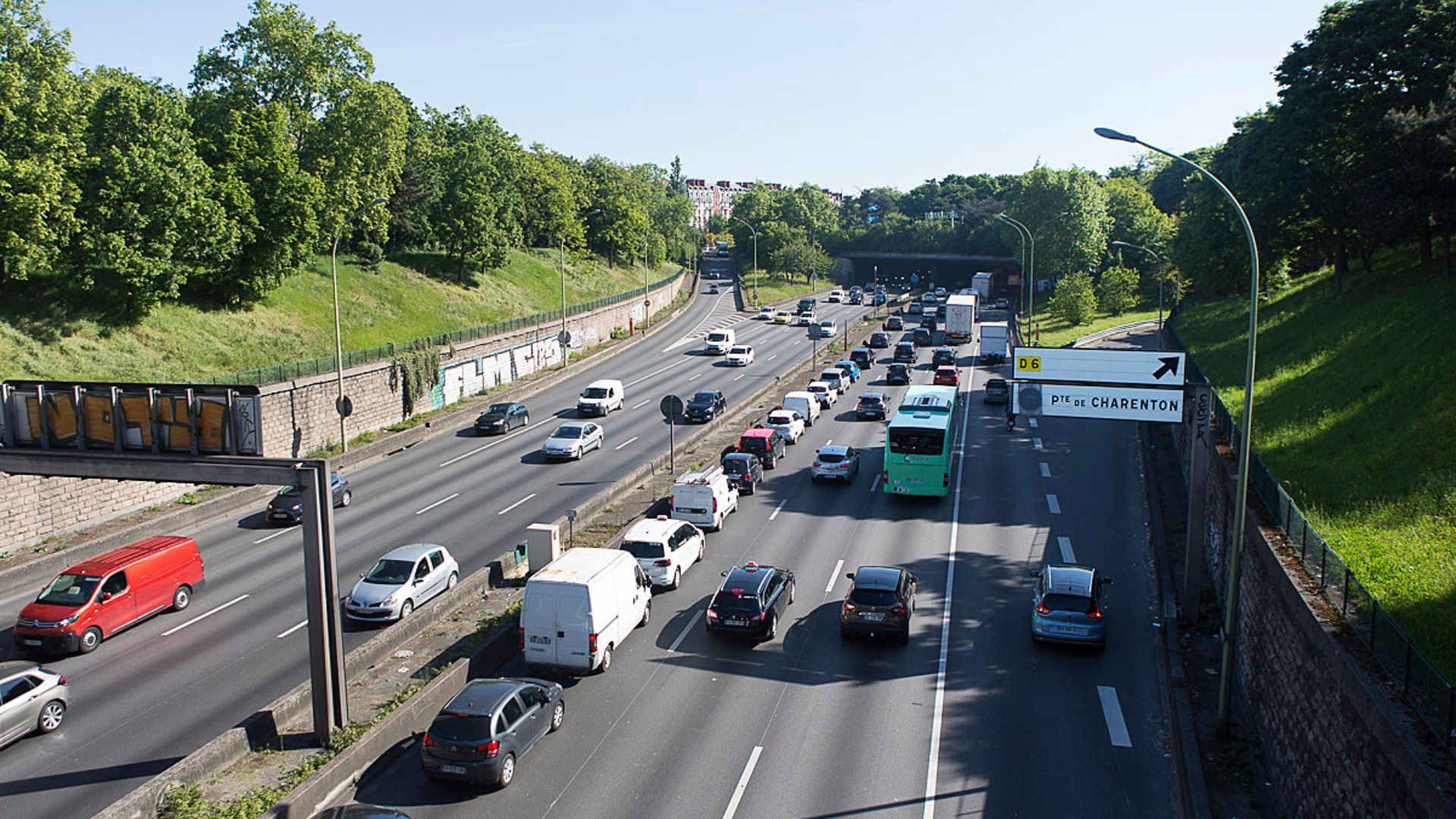We tested the Paris ring road at 50 km/h

Since this Tuesday, October 1, 2024, the bypass in Paris and its suburbs is limited to 50 km/h. What does this mean in practice?
After the grumbling following the announcement from the City Hall of Paris to reduce the maximum speed of the Paris bypass, we face the test of reality. And there are many lessons to learn.
First of all, on this Tuesday, October 1, 2024, all traffic signs inform road users about the new speed limit. It’s hard to miss it, unless you are unwilling. From the entry lane, a first impression emerges: two lanes are slowing down (the right ones), while the leftmost lane seems to ignore the new guidelines.
The introduction seems less smooth because the flow of traffic is indeed fast, but vehicles are closer together than before. This is the first problem with this speed reduction: the sensation of moving slowly diminishes the perception of risk. At the slightest emergency braking of the leading car, it will lead to a pile-up behind.
Longing for Autonomous Driving
Once merged and the safety distance established with the car in front, the satisfaction of moving at a steady pace is very pleasant. Is it the novelty that distorts reality? The variations in speed seem less frequent. However, without realizing it, we start to tailgate the vehicle ahead more because the slightest lane change by a car forces a significant slowdown. As a result, the trick is not to leave any space. Beware of danger once again!
A phenomenon that is confusing at first, every entry into a tunnel gives the opportunity to push the needle on the speedometer. Is it because of the disappearance of the danger of being caught by radar? In any case, tunnels force us to flirt with the 70 km/h of yesteryear, otherwise the car following you may want to push or overtake you on the side. And 300 meters later, a dangerous braking to go back down to 50-55 km/h.
Lastly, the unfortunate observation that a staggering number of drivers are tapping on their smartphones while driving. While a collision at 50 km/h may not be nearly fatal in 2024 thanks to the active and passive safety of modern cars (which do not make up 100% of the vehicle fleet), it can leave you seriously disabled. There is a total nonchalance at the idea of driving while sending texts, watching Instagram videos, or taking selfies. On this point, autonomous driving, which is set to revolutionize the automotive world, will be a major step towards increased safety.
Because ultimately, what needs to be noted from this first experience on the Paris bypass limited to 50 km/h is that you spend more time checking the rearview mirrors than looking ahead. The fear of being hit from behind has made a huge leap, as attention at the wheel has diminished with the reduction of speed.
It has often been said and repeated, but decreased concentration is deadlier than speed. Lastly, on a typical journey covering about 25% of the distance of the bypass, the extra time is very limited: about 2 minutes compared to 70 km/h. What is 2 minutes in a day? Nothing if it doesn’t come with a spike in collisions and other accidents involving two-wheelers as well.
See you in a few weeks for a more detailed review.
ALSO READ: Beware of the new parking rates in Paris!
This page is translated from the original post "On a testé le périphérique parisien à 50 km/h" in French.
We also suggestthese articles:
Also read





